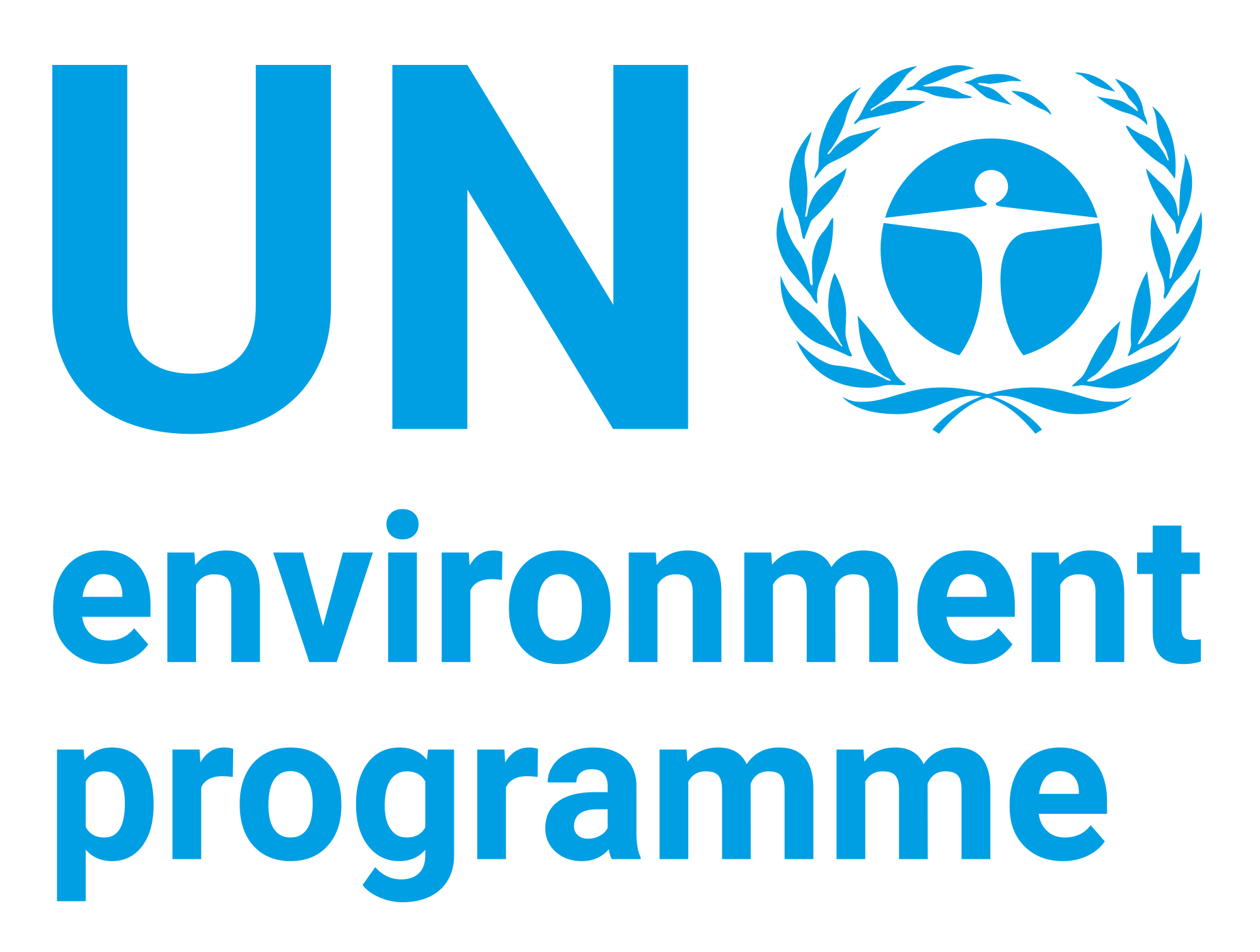| dc.contributor | Law Division | en_US |
| dc.contributor.author | United Nations Environment Programme | en_US |
| dc.coverage.spatial | Global | en_US |
| dc.date.accessioned | 2018-11-02T17:02:00Z | |
| dc.date.available | 2018-11-02T17:02:00Z | |
| dc.date.issued | 2018 | |
| dc.identifier.uri | https://wedocs.unep.org/20.500.11822/26691 | |
| dc.description | The most widely used fire protection systems (FPS) involve water based systems such as automatic sprinklers. An important category of FPS are chemical agents that can quickly extinguish a fire without creating some of the consequential damage that is created by water-based FPS. Historically, the most important chemical agents were halons which were very effective at extinguishing certain categories of fire, but are extremely powerful ozone depleting substances (ODS) and have very high global warming potentials (GWPs). Halons have now been completely phased out on a global basis and for the last 20 years certain HFCs, such as HFC-227ea (GWP 3220) have been used in place of halons for chemical FPS. | en_US |
| dc.format | Text | en_US |
| dc.language | English | en_US |
| dc.language | Turkish | |
| dc.relation.ispartof | OzonAction | en_US |
| dc.rights | Public | en_US |
| dc.subject | ozone-depleting substance | en_US |
| dc.subject | ozone | en_US |
| dc.subject | ozone layer | en_US |
| dc.subject | hydrofluorocarbon | en_US |
| dc.subject | global warming | en_US |
| dc.subject | gas | en_US |
| dc.subject | fire prevention | en_US |
| dc.subject | halon | en_US |
| dc.title | Use of HFCs in Fire Protection Systems - OzonAction Kigali Fact Sheet 18 | en_US |
| dc.title.alternative | Yangından Korunma Sistemlerinde HFC’lerin Kullanılması - OzonAction Kigali Bilgi Notu 18 | |
| wd.identifier.sdg | SDG 13 - Climate Action | en_US |
| wd.identifier.sdgio | http://purl.unep.org/sdg/SDGIO_00000047 | |




